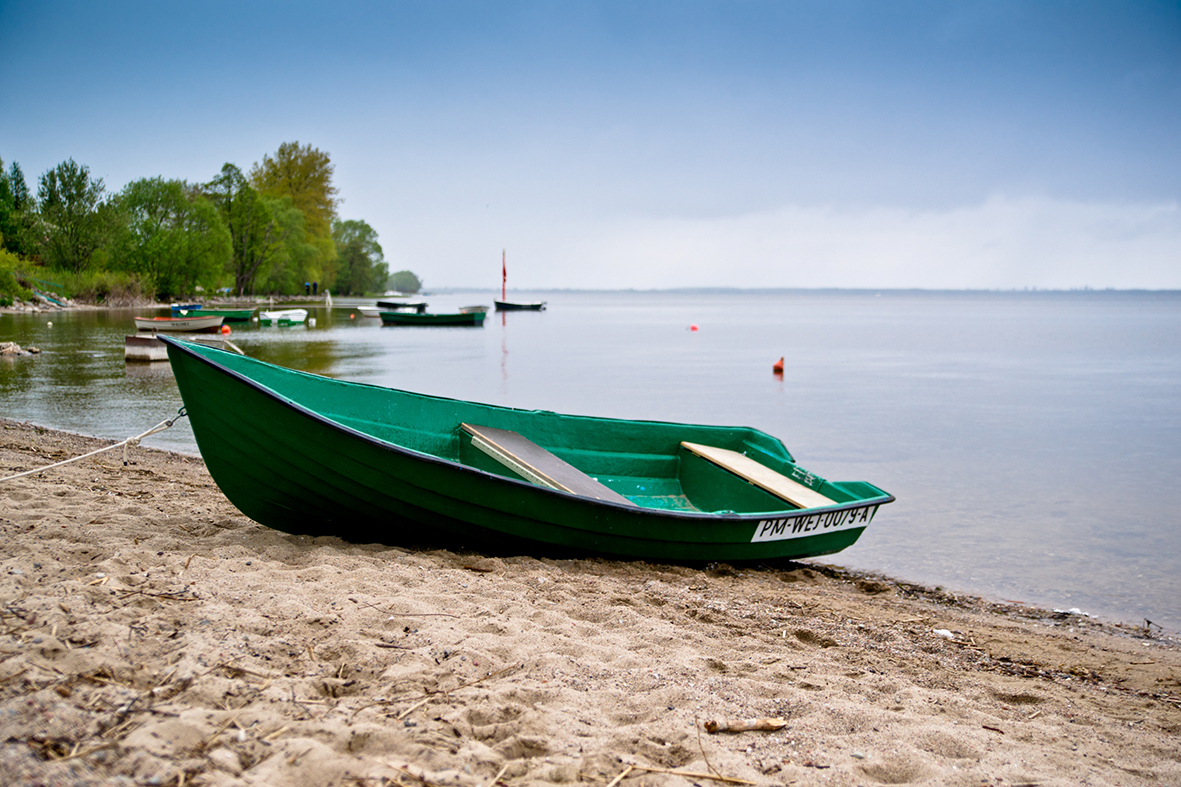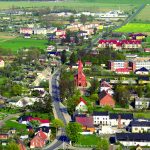
Gniewino, Pomerania, Poland
The municipality Gniewino is located about 20 km from the Baltic coast, 15 km from the district capital Wejherowo and 70 km from the next urban center Gdansk. The closest train connections depart from Wejherowo.
During the Second World War, migration tides and resettlements within Eastern Europe lead to a new social structure in Gniewino, of which only the Kashubians remained unaffected: people from various regions relocated to Gniewino who needed to create a new cultural and social life forms from this diversity. In 1970, the municipality had a population of 4.000 inhabitants, today they count 7.000. The construction of a pumped-storage power plant in Jezioro Żarnowieckie between 1976 and 1983 as well as the construction of a nuclear power plant – initiated in 1972, yet abandoned during the late 1980ies – lead to this remarkable demographic boost.
In 1989 the municipality was structurally and financially weak. There was a lack of jobs – especially for the under-qualified inhabitants. Municipality responsibles developed a vision and implemented it step by step. The creation of a fish processing company, which created around 400 jobs, mainly for women, as well as the new regulation of company taxation in Poland – now granting municipalities parts of the tax income – allowed for a long-term investment strategy in the Mid-1990ies. Municipality mandataries skilfully combined this with excellent usage of European grants, leading to numerous pioneering projects being realised within the last two decades.
The outline of the municipality aims to develop the region as athletic and touristic recreational area for the metropolitan area of Danzig, making optimal use of the possibilities of Lake Żarnowiec. The “Kashubian eye”, a watch tower of 44 m height, surrounded by a small recreational park in immediate proximity to the pumped-storage power plant was constructed 5 years ago. Today, it is considered a trade mark and symbol for these developments. The name of the sight skilfully combines the traditions of the Kashubian minority with the ambitions of the young municipality which proved very productive for their coexistence. The watch tower also creates a contrast to the open-air museum exhibiting the traditional life style of the Kashubians.
The modern sports hotel with its excellent athletic infrastructure did not only serve as training grounds for World Soccer Champion team Spain during the European Championship, but is also used by the local sports clubs. The social development was expedited by village houses and schools. The outstanding public participation concerning the primary school structures ranks far above the Polish average and also the establishment of primary health care as well as other leisure time activities is exemplary.
In terms of energy, the municipality has one of the first (privately operated) wind farms in Poland. Photovoltaic installations on pubic buildings as well as the school roof were installed and committed initiatives regarding thermic reconstruction were founded. The public pool is heated by a wood chip plant and the municipality is equipped with its own wicker-plantations. In terms of waste water purification, the municipality already ranks above European average. Important steps were taken regarding waste recycling as well.
The municipality impresses with its clear and economically characterised vision. The municipality responsibles are not only well-connected regionally and cross-regionally, but also often initiate pioneering cooperations with clearly European aims.
Evaluated: 2012




